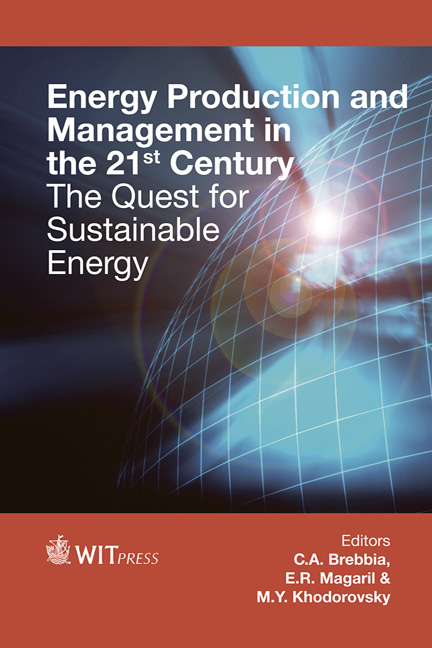The Development Of Electrolytes For Intermediate Temperature Solid Oxide Fuel Cells
Price
Free (open access)
Transaction
Volume
190
Pages
12
Page Range
261 - 272
Published
2014
Size
1,091 kb
Paper DOI
10.2495/EQ140261
Copyright
WIT Press
Author(s)
E. Yu. Pikalova, V. G. Bamburov, I. V. Rukavishnikova, A. K. Demin & A. A. Kolchugin
Abstract
This report describes a number of experimental studies on the solid state electrolytes for intermediate temperature solid oxide fuel cells (IT-SOFCs): Ce1–xLnxO2–δ (Ln = La, Nd, Sm, Eu, Gd, Dy, Ho, Er, Yb), some multicomponent systems Ce1-xLnx/2Ln´x/2O2-δ (x = 0 – 0.20; Ln = Sm, La, Gd and Ln´ = Dy, Nd, Y), some systems with simultaneous doping by rare earth and alkali earth elements Ce0.8(Sm1-xMx)0.2O2-δ (M = Ca, Sr; x = 0.0 – 1.0) and Ce0.8(Sm1-x-yBayMx)0.2O2-δ (M = Ca, Sr; x = 0, 0.15, 0.20; y = 0.05, 0.1). Two important aspects are emphasized: the effect of different dopants’ ionic radius and concentration on the electrical properties of CeO2 based solid solutions and the influence of the method of preparation on the structural properties of ceria ceramics and the electrochemical performance of single SOFCs on their base. To describe the electrolytic properties of solid electrolytes the notation of the electrolytic domain boundary (EDB) – the critical oxygen partial pressure 2 ( ) O P at which the values of the electronic and ionic components of conductivity are equal, were calculated and presented. The interpretation of these data will lead to a better understanding of, subsequent improvements to and ultimately, the commercialization of IT-SOFCs in Russia. Keywords: alternative energy, SOFC, solid state electrolytes, oxygen conductivity, CeO2, electrolytic domain boundary.
Keywords
alternative energy, SOFC, solid state electrolytes, oxygen conductivity, CeO2, electrolytic domain boundary.





